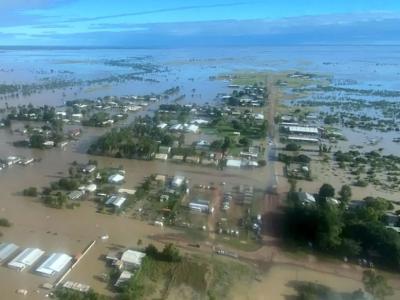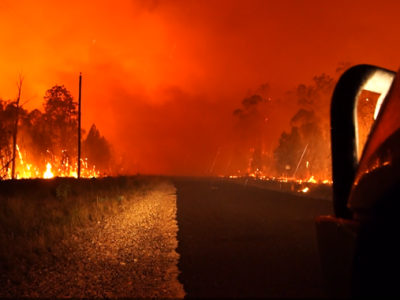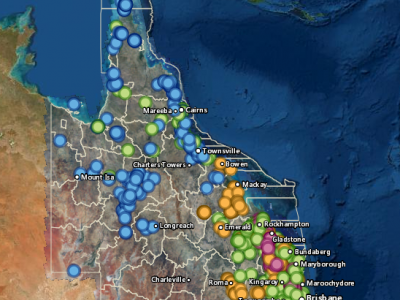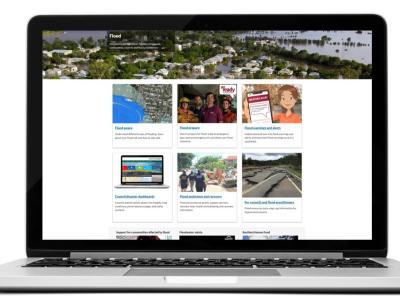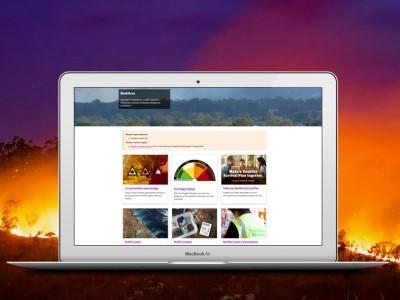Hazard and risk management
On this page:
About
Leading state hazard and risk management functions became a Queensland Reconstruction Authority (QRA) responsibility on 1 July 2024 following reforms to Queensland’s Disaster and Emergency management system. The reforms resulted in an increase in capacity and capability for QRA to lead statewide prevention, mitigation, and preparedness activities, alongside current resilience and recovery operations. This includes specialists working in the areas of Flood Risk Management, Disaster Risk Management, and Geographical Information System (GIS), as well as initiatives in Community Engagement and Education and Community Awareness Campaign.
Hazard and risk management
Frequently Asked Questions (FAQs)
Yes.
Leading state hazard and risk management functions became a QRA responsibility on 1 July 2024, following reforms to Queensland’s disaster and emergency management system. The Hazard and Risk Unit has been established in QRA, combining the new Hazards, Risk & Resilience (HRR) team, with QRA's well established Flood Risk Management and GIS teams. The new HRR team is developing a revised state-level hazard and risk assessment approach.
A revised version of the QERMF (Version 2) was developed by the former QFES Hazard and Risk Unit following an independent review into the QERMF. The full release of this updated version of the QERMF was put on hold, due to the broader reforms to Queensland’s disaster and emergency management services and transitioning of responsibilities for this framework.
QRA is now developing a Queensland Hazard and Risk Assessment Framework (QHRAF), to better align with stakeholder requirements and address recommendations received from the 2020 Independent review of the QERMF. QRA has undertaken stakeholder consultation to inform the development of the QHRAF and associated tools.
QRA’s hazard and risk focus will centre initially on the top ten hazards at the State level for Queensland identified by the 2023 State Disaster Risk Report, namely:
1. Flooding
2. Tropical cyclone
3. Bushfire
4. Severe thunderstorm
5. Heatwave
6. Pandemic
7. Biosecurity
8. Chemical, biological, and radiological
9. Earthquake
10. Tsunami
While QRA coordinates disaster recovery and resilience policy for the state, it is not the lead agency responsible for managing the risks associated with all ten hazards. Efforts to advance hazard and risk knowledge and understanding of each of these hazards will occur over time.
The HRR team has developed the QHRAF, which will allow users to understand the risks posed to assets by hazards and guide investment and risk reduction activities. It will incorporate a risk assessment Methodology, accompanied by a Policy, Handbook, GIS Tool, and GIS Tool User Guide. The design of these components have been refined through a series of stakeholder engagement activities to ensure they are locally appropriate, fit-for-purpose and cost-effective. The QHRAF has been designed to build community resilience and support strategic risk-based planning. Consideration has also been given to the capacity of local and district disaster management stakeholders to effectively implement the new approach.
We greatly appreciate and value the significant contributions stakeholders have already made to the existing risk assessments. The new approach seeks to build upon this foundation by ensuring prior efforts and data are recognised.
Feedback has highlighted that capabilities and capacity vary significantly amongst stakeholders, particularly Councils, who are largely the key drivers to the disaster management risk work to date.
QRA is committed to ensuring that the QHRAF is streamlined and accessible to all capacity levels. Where gaps in capability and capacity are identified, support will be provided to ensure the approach can be effectively implemented.
Yes. QRA have engaged with other jurisdictions and methodologies as part of the design process and have leveraged best practice where possible.
The new hazard and risk assessment approach is designed to provide a comprehensive risk ranking of hazards for each local government area, as well as priority risk statements for LDMGs and a risk register. It is acknowledged that these outputs may also serve a broader range of applications.
Yes. The new approach is intended to support various disaster management activities, including the development of future Local Recovery Action Plans (LRAPs). While LRAPs and the hazard and risk assessment currently function as separate processes, there is a strong intention for LRAPs to become more "risk-informed." This integration would allow risk assessment outputs to contribute directly to enhancing and streamlining the LRAP process. The information in current LRAPs can also be verified through this process to inform broader resilience building activities.
It is anticipated the QHRAF will be delivered to councils initially in early to mid 2026. It is anticipated to be released to state government agencies shortly after.
Contact the HRR team directly at hazard.risk@qra.qld.gov.au
Community education and awareness campaigns
Hazard and risk education and awareness websites
Media statements
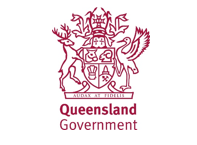
Last updated: 11 December 2025. QRA Reference: QRA3967.
